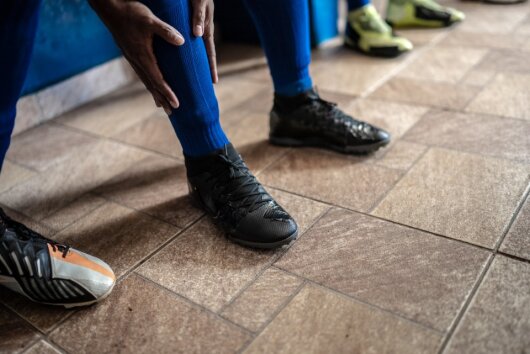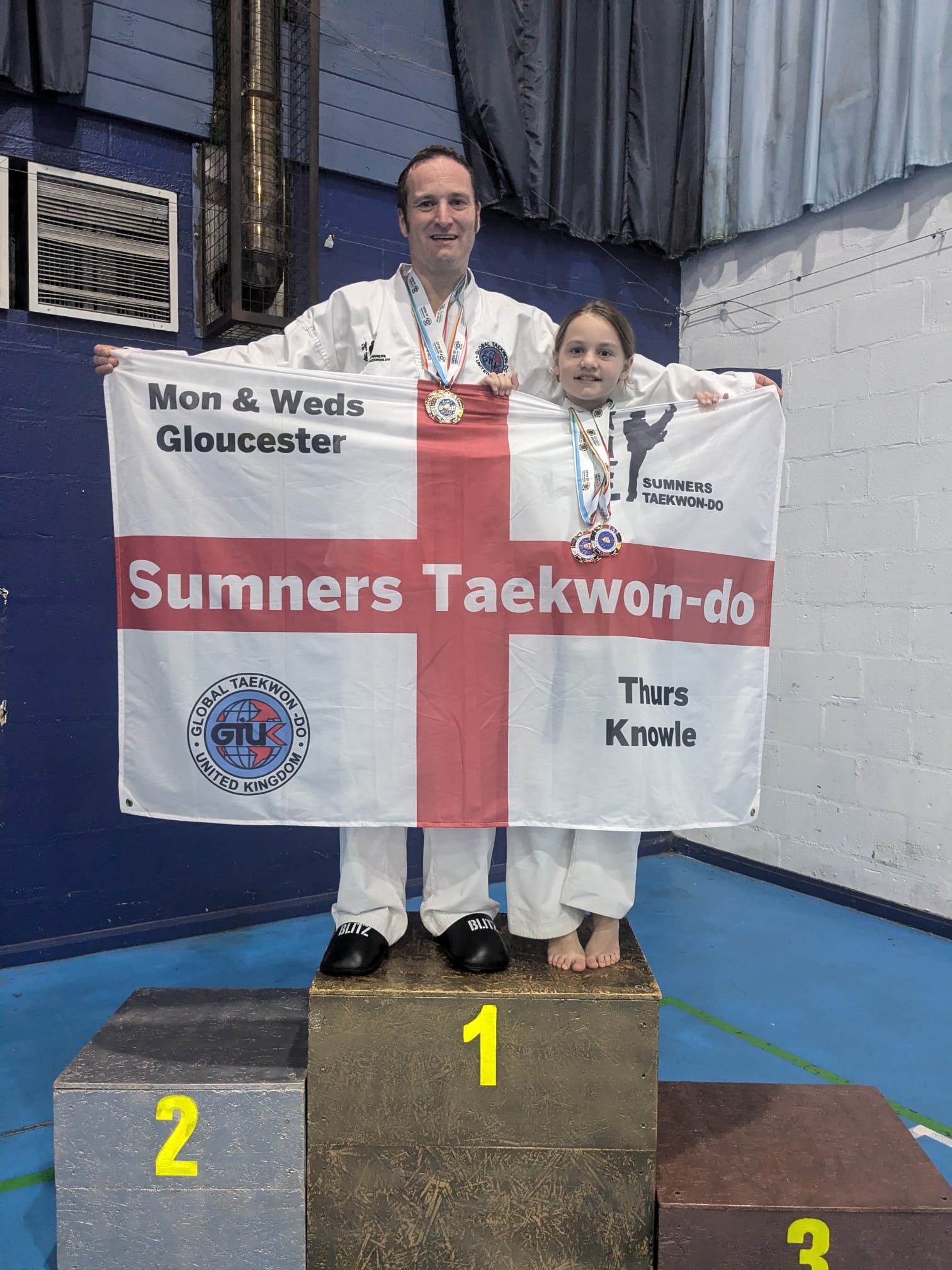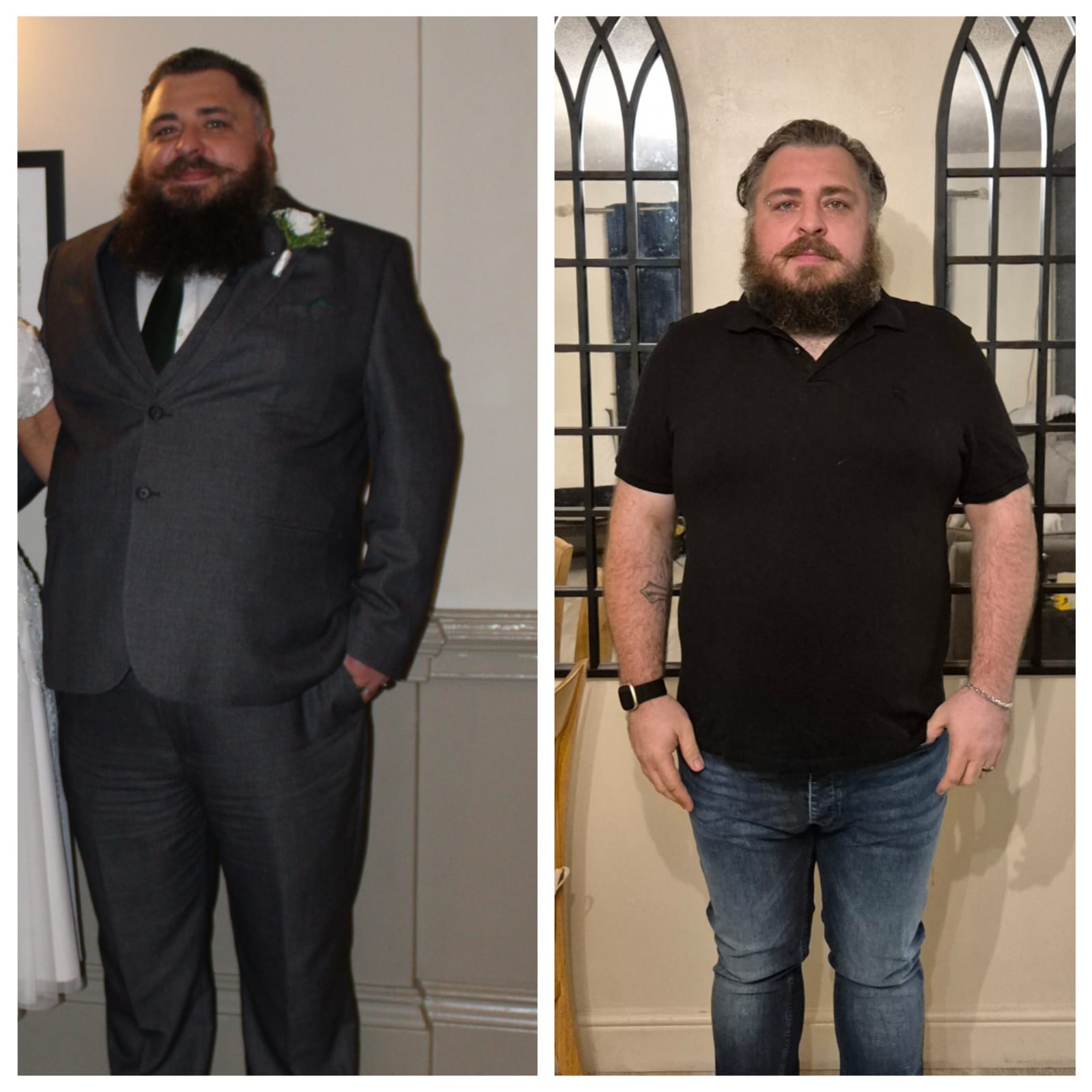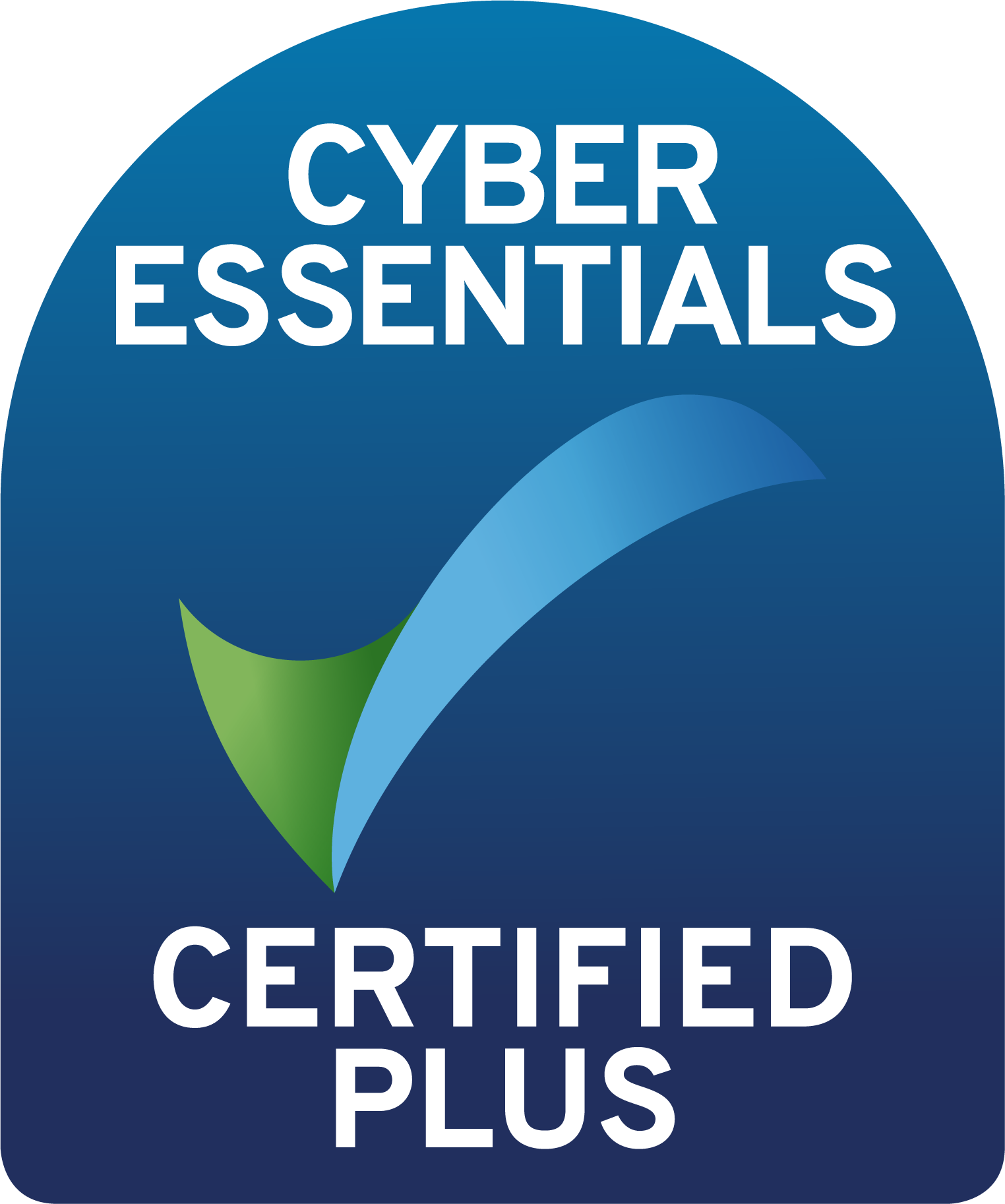No ifs, no buts, shin pads are a must.
Alright, let’s talk shin pads. Love ‘em or hate ‘em, to take part in MAN v FAT Football you’ve got to wear ‘em (and same goes for any football game under FA rules).
It’s common sense, but shin guards protect your shins from injury, whether that’s a swift kick when someone mistakes your leg for the ball or from a particularly nasty tackle. You might not think you’ll be unlucky enough to injure your shin, but all it takes is one incident before you’re wincing in pain from a sliced up bit of skin or a shattered shin.
Having said that, we know they can be uncomfortable, and that finding ones to fit you as a larger man can be hard. So here’s what the experts and your fellow MAN v FAT Football teammates have to say about shin pads.
What the rules say
MAN v FAT Football rules state that you must wear shin pads to take part. No shin pads, no play. This isn’t unusual in football – the FA’s Laws of the Game for small sided football and the IFAB Laws of the Game also state that shin guards are compulsory.
Shin pads must:
- Be covered entirely by socks
- Be made of a suitable material (rubber, plastic, or similar substances)
- Provide a reasonable degree of protection
Forgo shin pads and you risk not being allowed to play.
Problems with shin pads
It’s not unusual to dislike shin pads. Bulky or heavy shin pads can feel uncomfortable and restrict movement, and some people find shin pads irritate their skin. But things have moved on in the shin guard world and you’re not limited to boxy, wing-like pads anymore.
There are loads of lightweight shin pads on the market and there will be ones out there that feel comfortable for you. If you can, get yourself to a sports shop to be able to physically get a feel of different types, and don’t be disheartened if the first ones you try aren’t the ones.
Shin pad recommendations
On the MAN v FAT Community Facebook group, shin pads that are often recommended include G-Form shin guards, Adidas Predator, Mitre Aircell, and Nike Mercurial ones.
It can be hard to find socks that are big enough to stretch over big calves and shin guards. Some tips from the MAN v FAT Football community include looking for hockey socks, wearing leg sleeves (which also help to keep your shin pads in place), or trying Puma Liga socks or Adidas team socks.
What about tiny shin pads?
The FA doesn’t state how big your shin pads need to be, only that they need to provide a ‘reasonable’ degree of protection. Banning trendy ‘mini’ shin pads raises a lot of concerns over how to police the size of them: would it be on the ref to measure shin pads?
Some footballers like Jack Grealish, Toni Kroos and Jason Denayer wear smaller or thinner than average shin pads for a variety of reasons.
Denayer suffers with leg cramps, so supposedly wears smaller shin pads so as to not suffer a flare up of symptoms.
Grealish…well, Grealish’s socks once shrunk in the wash and he played well with them down, so he now wears short socks and small shin pads as a superstitious thing.
Is wearing mini or micro shin pads a good idea? No: they increase your risk of injury because they’re not covering as much of your shin. It all comes down to common sense and putting your safety first.
Because really, how much protection is Jack Hinshelwood’s Air Pod case size teeny tiny shin pads giving him?! As someone tweeted in response, he’s basically got a prawn cracker shoved down his socks. https://twitter.com/sportbible/status/1736407811641290808?lang=en
So there you have it. Shin pads might be a necessary evil, but it’s not all bad.
Related content: Something that makes a big difference to your game is how comfortable you feel on the pitch – here’s how to crack that (members only content)




